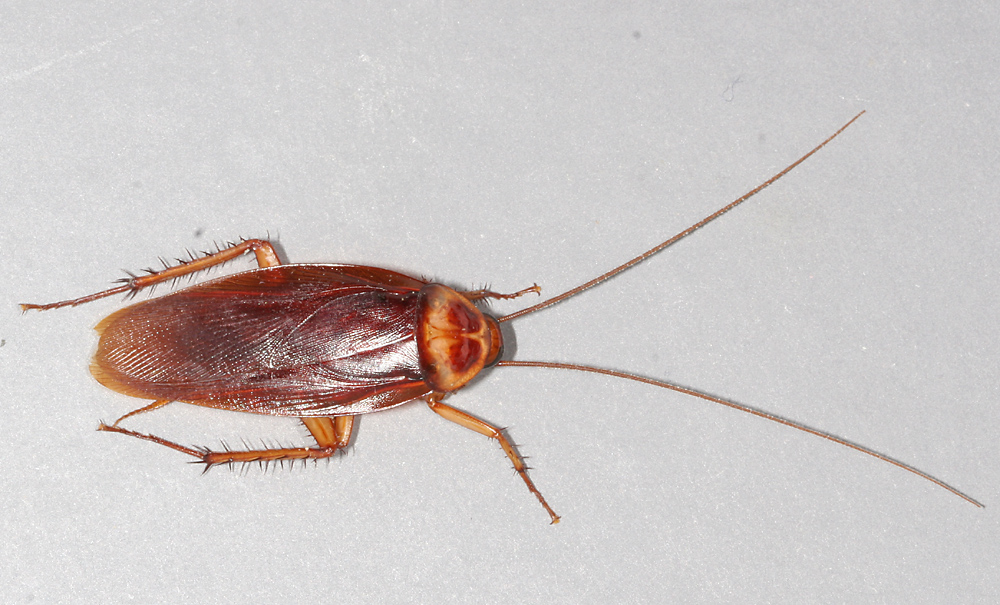When you flip on the kitchen light at 2 AM for a glass of water, that scurrying shadow darting across the floor represents one of Earth’s most successful evolutionary stories. The cockroach witnessing your midnight wandering carries within its DNA the genetic blueprint of survivors that have weathered mass extinctions, ice ages, and the rise and fall of entire species. These seemingly simple insects have been perfecting the art of survival since before the first dinosaur ever walked the Earth, making them living fossils that continue to thrive in our modern world.
The Carboniferous Genesis: When Giants Ruled the Earth
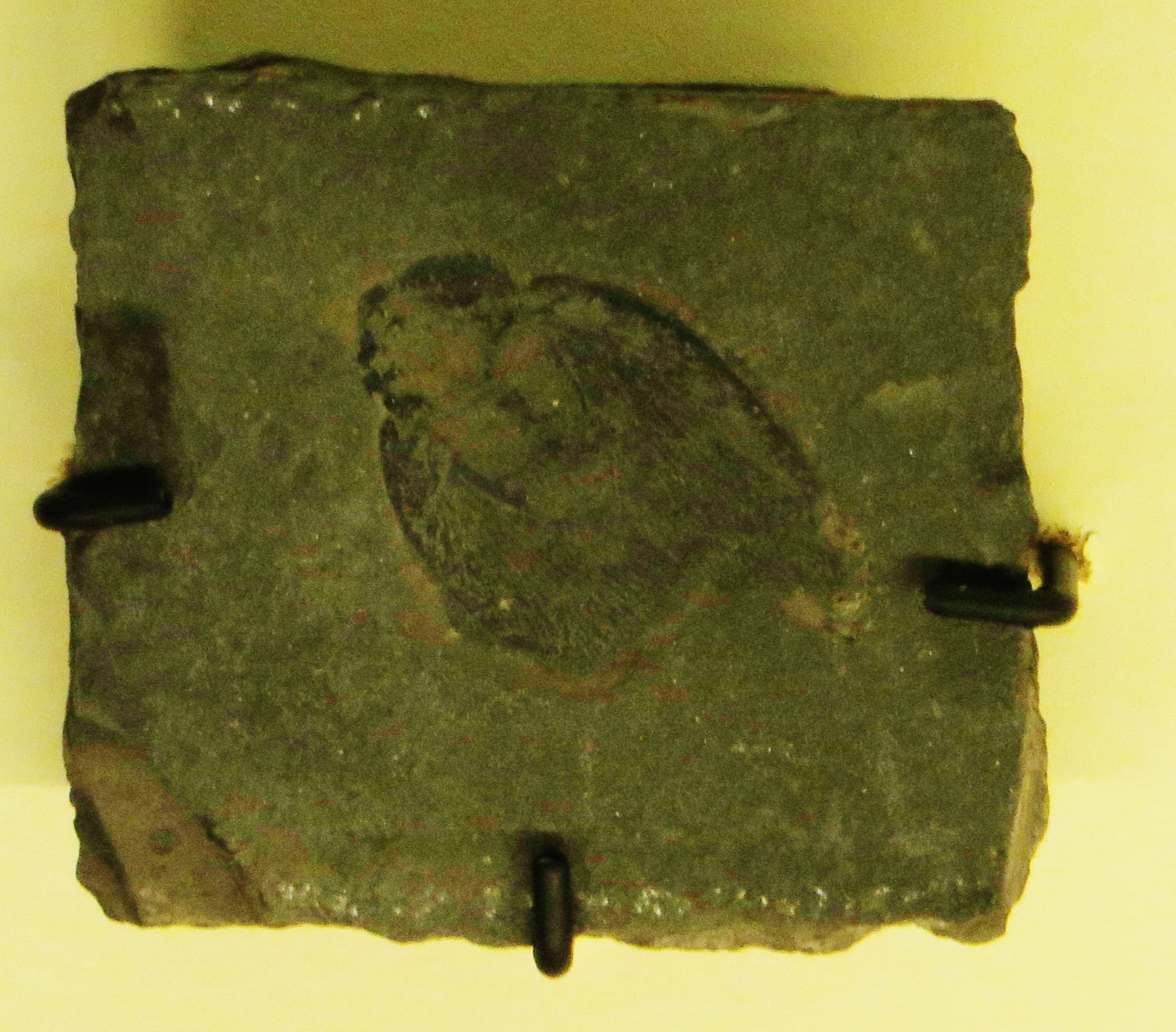
Deep within the fossil record of the Carboniferous period, approximately 300 million years ago, lie the ancient remains of Archimylacris eggintoni, one of the earliest known cockroach ancestors. During this primordial era, Earth’s atmosphere contained nearly 35% oxygen compared to today’s 21%, creating a world where insects could grow to enormous proportions. These prehistoric cockroaches weren’t the palm-sized creatures we know today – some species reached lengths of over 3.5 inches, with wingspans that would make modern homeowners faint.
The Carboniferous swamps provided the perfect nursery for these early cockroaches, with their warm, humid conditions and abundant decaying plant matter. Unlike their modern descendants, these ancient insects couldn’t fold their wings back against their bodies, making them more vulnerable to predators but still remarkably successful in their environment. The fossil evidence from this period shows that cockroaches were already developing their characteristic flattened bodies and strong legs, traits that would serve them well through millions of years of evolutionary challenges.
Surviving the Great Dying: The Permian-Triassic Extinction
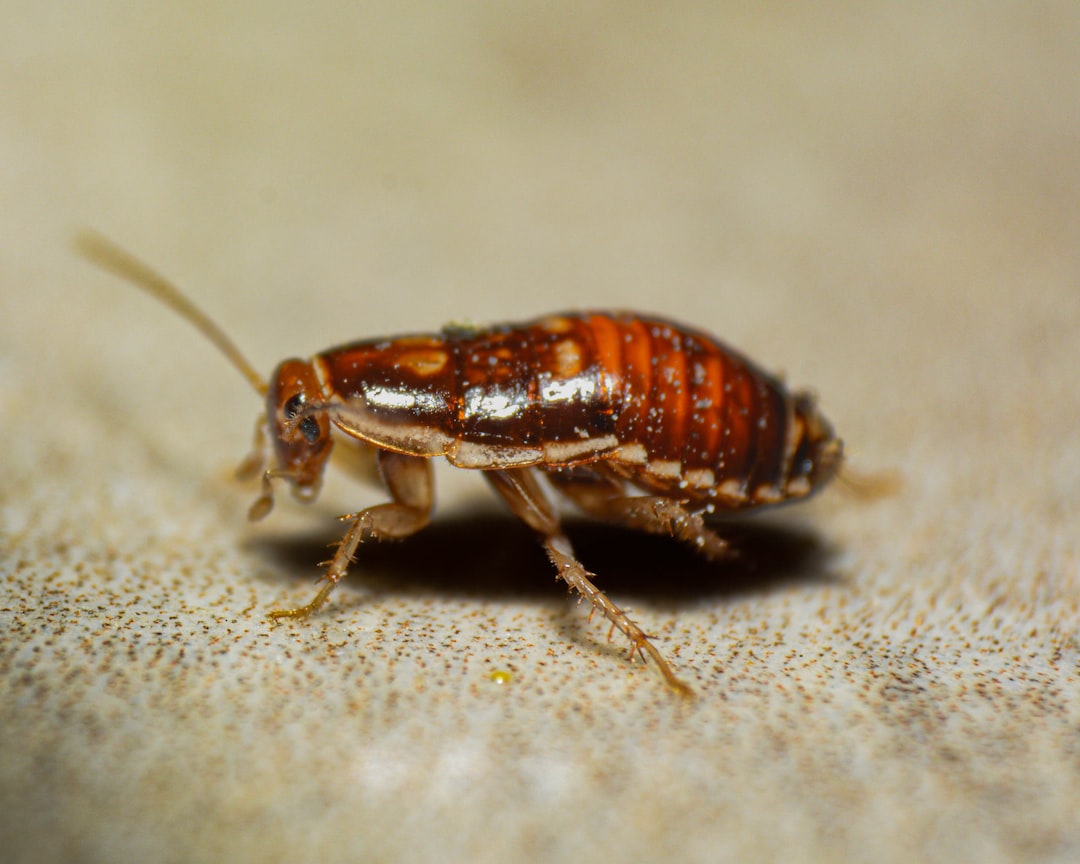
Around 252 million years ago, Earth experienced its most devastating mass extinction event, known as the Great Dying, which eliminated 96% of marine species and 70% of terrestrial life. While trilobites vanished forever and early reptiles struggled to survive, cockroaches demonstrated their remarkable resilience by not only surviving but continuing to diversify. Their ability to eat almost anything, from decaying organic matter to other insects, gave them a crucial advantage when food sources became scarce.
The cockroach’s compact size and efficient metabolism allowed them to survive on minimal resources during this catastrophic period. Their behavioral adaptations, including their ability to remain motionless for extended periods and their preference for dark, protected spaces, helped them avoid the environmental chaos that claimed so many other species. This extinction event essentially cleared the ecological stage for cockroaches to expand into new niches and continue their evolutionary journey.
The Age of Dinosaurs: Tiny Survivors in a Giant World
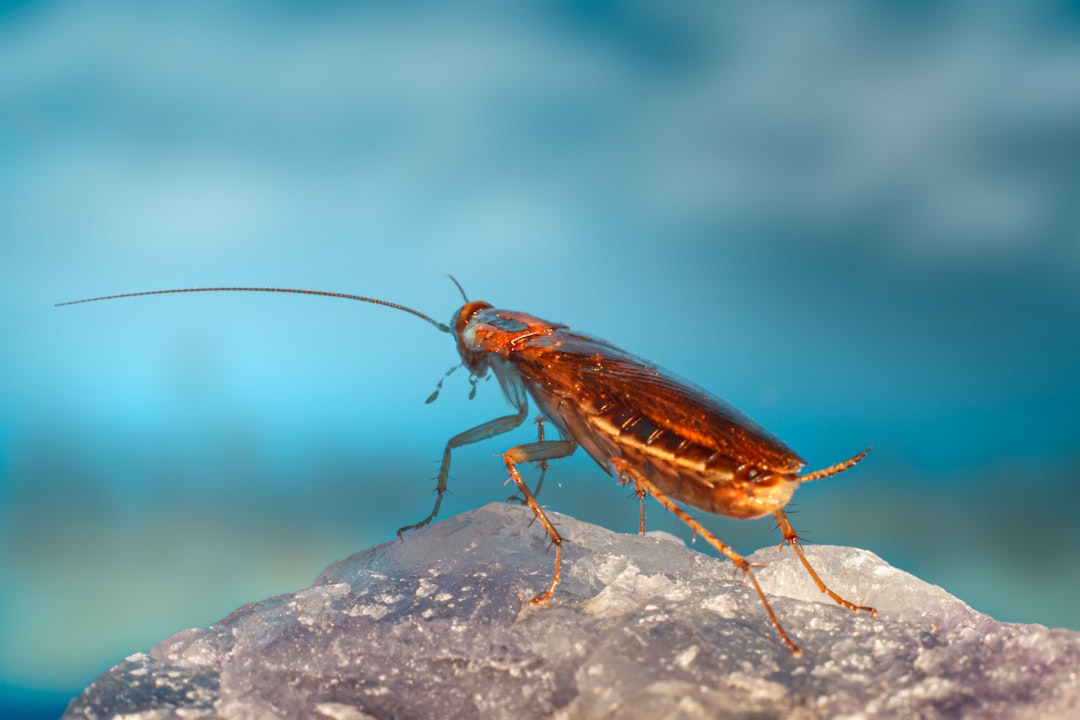
As dinosaurs dominated the Mesozoic Era, cockroaches quietly continued their evolutionary refinement in the shadows of these colossal reptiles. Fossil evidence from the Jurassic period shows that cockroaches had developed many of the features we recognize today, including their ability to fold their wings completely against their bodies. This adaptation was revolutionary, allowing them to squeeze into impossibly tight spaces and escape predators with unprecedented efficiency.
During the Cretaceous period, cockroaches shared the world with T. rex and Triceratops, yet they were already more numerous and widespread than any dinosaur species. Their reproductive success during this era was remarkable – some species could produce up to 300 offspring per year, ensuring their survival even in the face of predation pressure. The diversity of cockroach species during the dinosaur age was extraordinary, with different species adapting to various ecological niches from forest floors to cave systems.
The K-Pg Extinction: When Dinosaurs Fell and Cockroaches Prevailed
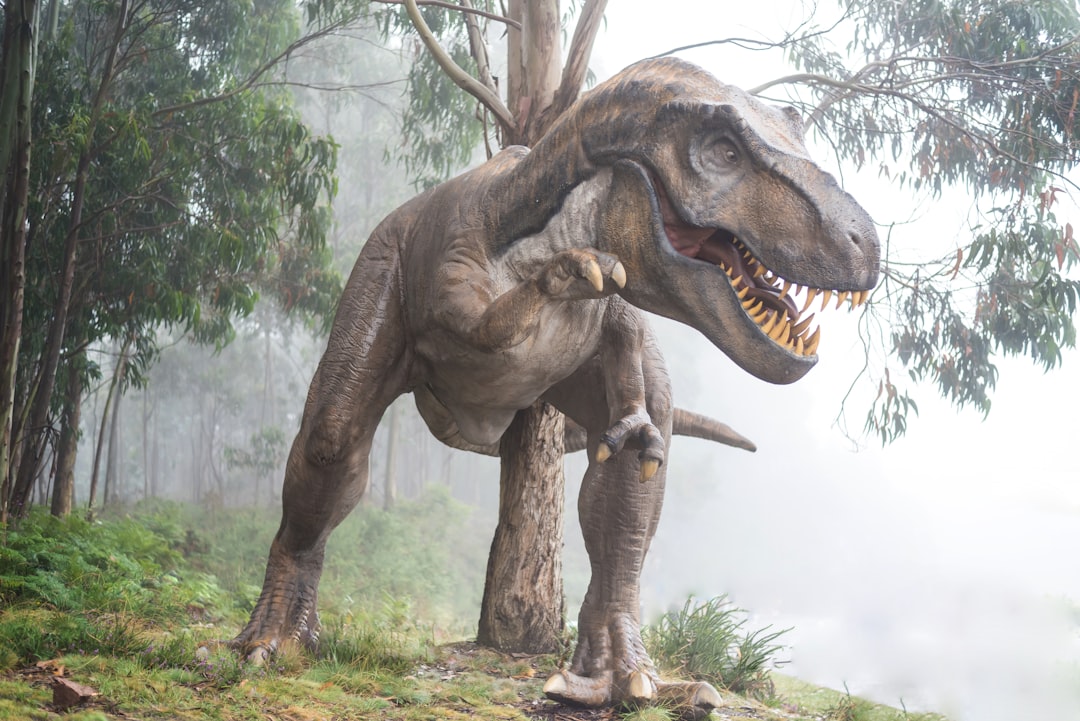
The asteroid impact that ended the reign of dinosaurs 66 million years ago created a global catastrophe that would test the cockroach’s survival abilities once again. The impact winter that followed plunged Earth into darkness for months, causing temperatures to plummet and food chains to collapse worldwide. While mighty dinosaurs couldn’t adapt quickly enough to survive this sudden environmental shift, cockroaches possessed several key advantages that allowed them to weather this cosmic catastrophe.
Their ability to enter a state of suspended animation, known as diapause, allowed cockroaches to survive extended periods without food or warmth. Additionally, their omnivorous diet meant they could consume the abundant decaying organic matter left behind by the mass extinction event. The cockroach’s rapid reproductive cycle also enabled quick population recovery once conditions improved, while their small size required minimal resources to maintain basic life functions during the harsh post-impact environment.
This extinction event marked a turning point in Earth’s history, clearing the way for mammals to inherit the planet while cockroaches continued their ancient march through time. The species that survived this apocalyptic event would go on to colonize every continent except Antarctica, proving their adaptability knows few bounds.
The Cenozoic Explosion: Diversification in the Age of Mammals
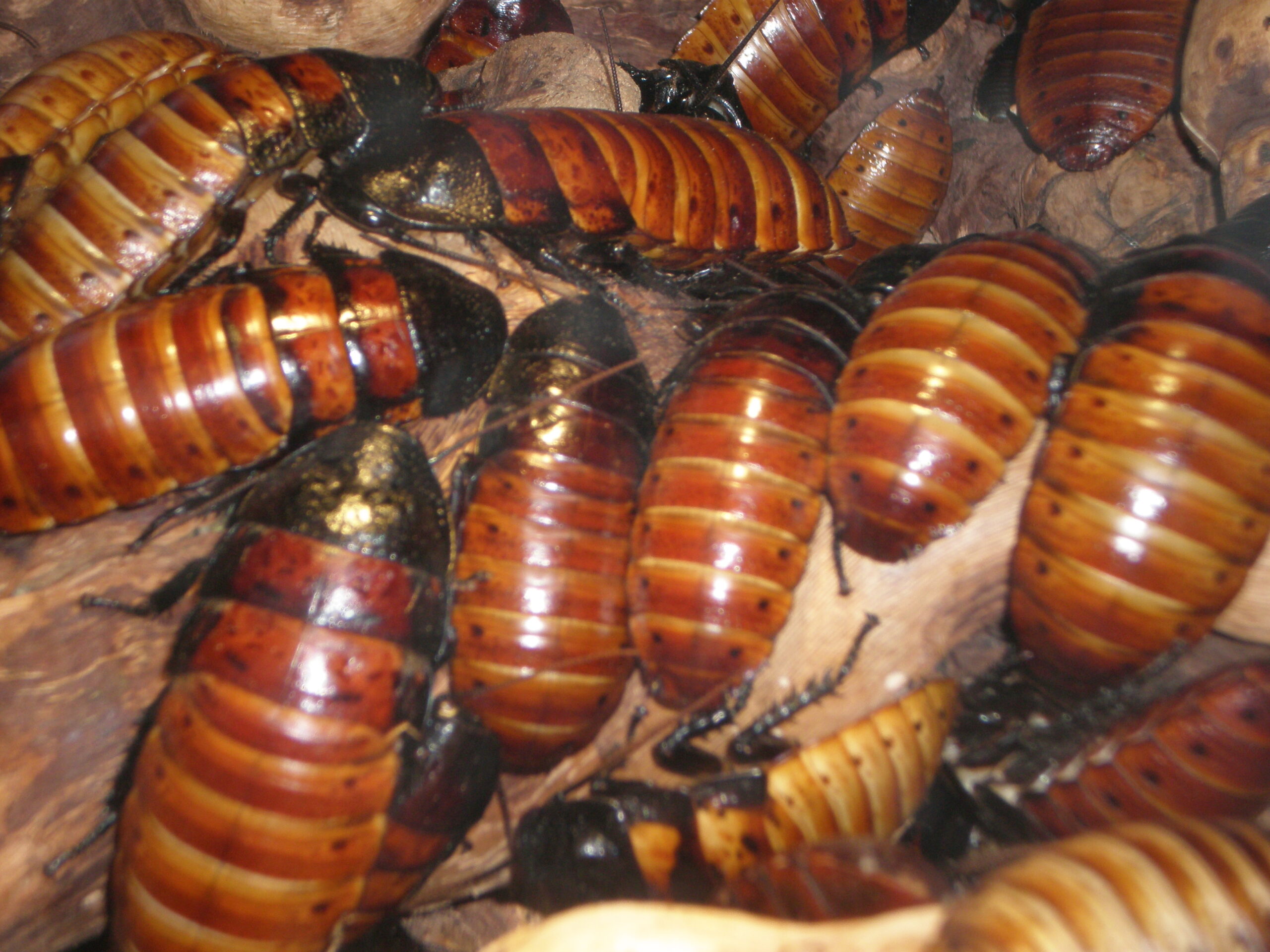
As mammals began their rise to dominance during the Cenozoic Era, cockroaches experienced an explosion of diversification that would establish the foundation for modern species. The warming climate and expanding forests created numerous ecological niches for cockroaches to exploit, leading to the evolution of specialized species adapted to specific environments. Some developed elongated legs for life in tall grass, while others evolved flattened bodies for existence under bark and rocks.
During this period, cockroaches developed increasingly sophisticated survival strategies, including improved chemical communication systems and enhanced escape responses. The evolution of their famous speed – modern cockroaches can reach speeds of up to 3 miles per hour, equivalent to a human running 200 miles per hour – likely occurred during this competitive era. Their sensory systems also became more refined, with their antennae evolving into highly sensitive chemical detectors capable of identifying food sources, mates, and dangers from considerable distances.
Ice Age Endurance: Surviving the Frozen Millennia
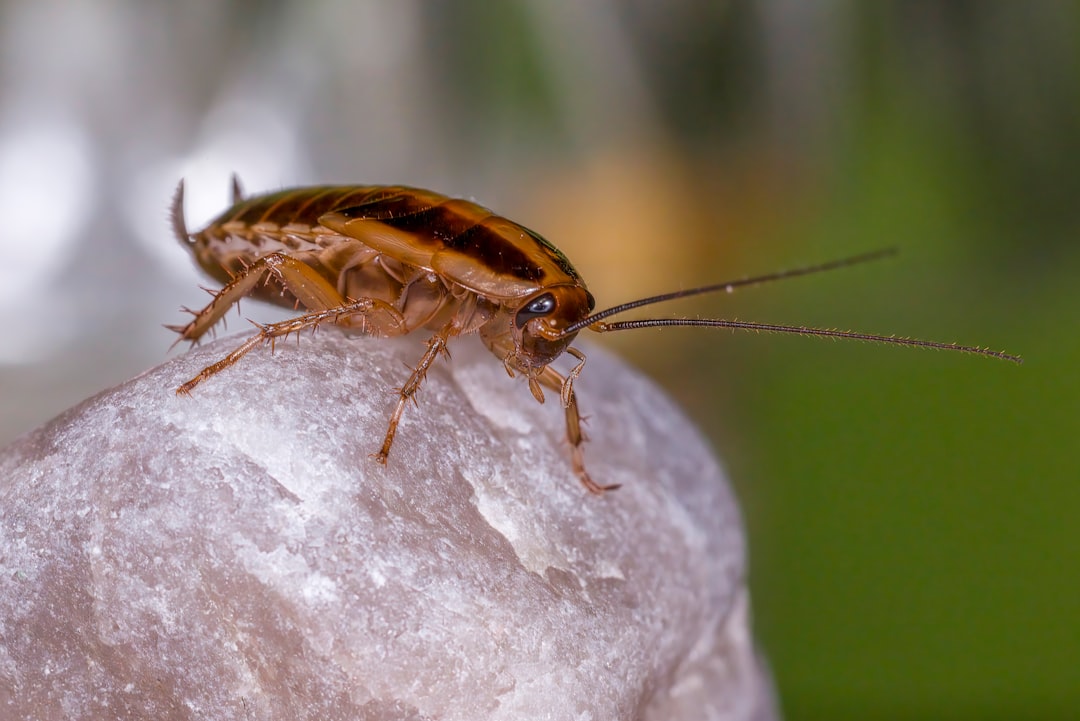
The Pleistocene Ice Age presented cockroaches with yet another survival challenge as glaciers advanced and retreated across continents multiple times over two million years. While many species retreated to warmer refuges near the equator, others developed remarkable cold-resistance adaptations that allowed them to survive in surprisingly harsh conditions. Some species evolved antifreeze proteins similar to those found in arctic fish, preventing ice crystals from forming in their body fluids.
The cyclical nature of glacial periods created a pattern of population bottlenecks followed by rapid expansion as ice sheets retreated. This evolutionary pressure likely contributed to the cockroach’s exceptional reproductive efficiency and their ability to quickly colonize new territories. Cave-dwelling species became particularly successful during ice ages, as underground environments provided stable temperatures and protection from surface climate fluctuations.
Interestingly, some cockroach species that survived the ice ages developed behavioral adaptations that persist today, including their preference for warm, humid microenvironments and their ability to detect and move toward heat sources. These adaptations would prove invaluable when cockroaches eventually encountered human settlements.
The Human Connection: From Wild Survivors to Urban Companions
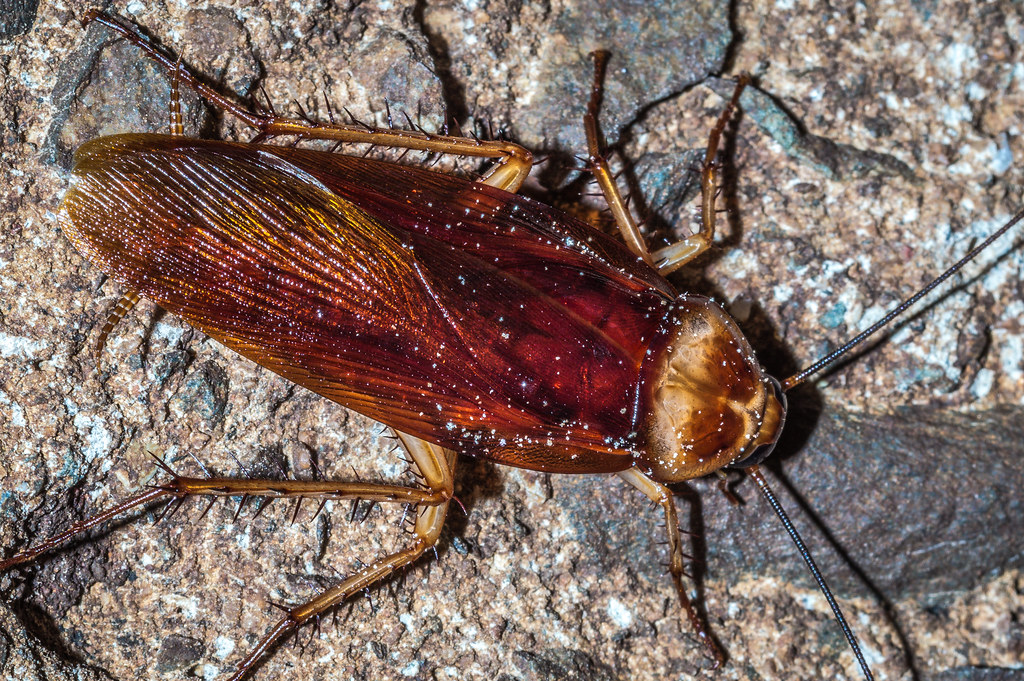
The rise of human civilization marked the beginning of an unprecedented partnership between cockroaches and our species, though it’s hardly a relationship humans would have chosen. As early humans developed agriculture and permanent settlements around 10,000 years ago, they inadvertently created ideal cockroach habitats with consistent food sources, shelter, and warmth. The stored grain that revolutionized human society also provided cockroaches with reliable nutrition year-round.
Ancient civilizations in Egypt, Greece, and Rome all documented encounters with cockroaches, often viewing them as omens or incorporating them into folk medicine. The expansion of trade routes during the classical period allowed cockroaches to hitchhike across continents, spreading from their original ranges to colonize new territories alongside human merchants and explorers. This global dispersal was facilitated by the cockroach’s ability to survive long sea voyages in ship holds, feeding on cargo and reproducing in the dark, humid conditions below deck.
The medieval period saw cockroaches becoming increasingly common in European cities, where poor sanitation and crowded living conditions created perfect breeding grounds. By the time of the Renaissance, cockroaches had become so associated with human habitation that they were often called “domestic insects” in scientific literature.
Modern Marvels: The Science Behind Cockroach Survival
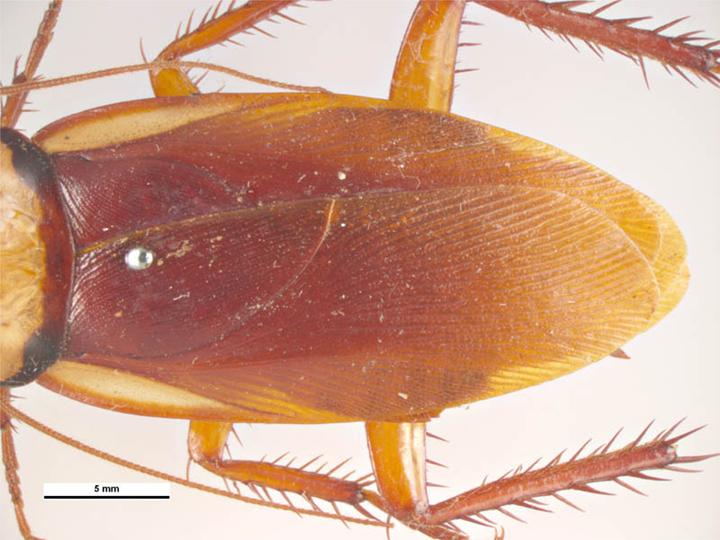
Today’s scientific understanding of cockroach biology reveals why these insects have remained virtually unchanged for millions of years while other species evolved dramatically or went extinct. Their nervous system represents a masterpiece of biological engineering, with decentralized control that allows them to continue functioning even after losing their head. The cockroach brain handles higher-level functions like learning and memory, while clusters of nerve cells throughout their body control basic reflexes and movement.
Research has shown that cockroaches possess remarkable learning abilities, capable of forming associations and adapting their behavior based on experience. They can learn to avoid certain foods, navigate complex mazes, and even respond to their own names when trained in laboratory settings. Their immune system is equally impressive, producing antimicrobial compounds that protect them from the numerous pathogens they encounter while scavenging in unsanitary environments.
The cockroach’s respiratory system, which doesn’t rely on lungs but instead uses a network of tubes called tracheae, allows them to survive in low-oxygen environments and even underwater for short periods. This system is so efficient that cockroaches can regulate their breathing to conserve moisture in dry conditions or increase oxygen intake during periods of high activity.
Species Spotlight: The Magnificent Diversity of Modern Cockroaches
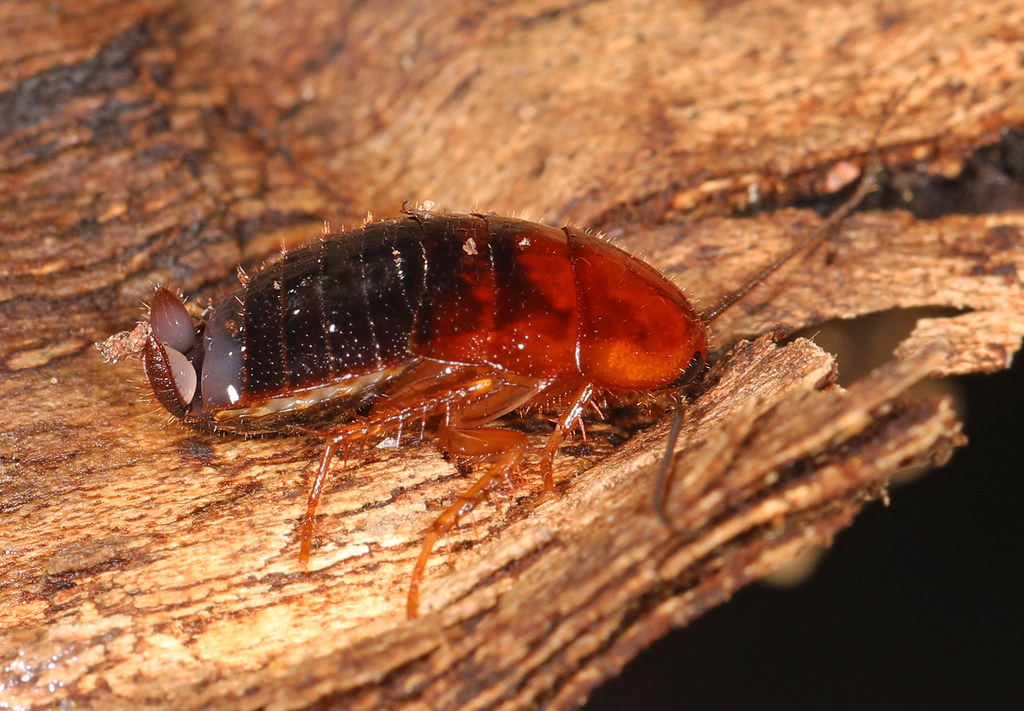
While most people are familiar with only a few pest species, the cockroach family encompasses over 4,000 known species worldwide, with new species still being discovered regularly. The Madagascar hissing cockroach, one of the largest species at up to 4 inches long, has become a popular exotic pet due to its docile nature and distinctive hissing sound produced by forcing air through specialized breathing holes. These gentle giants live in rotting logs and feed primarily on decaying fruit, playing a crucial role in their ecosystem’s nutrient cycling.
The Australian burrowing cockroach represents another extreme in cockroach diversity, with some species capable of digging tunnels up to 3 feet deep and living for over 10 years. These remarkable insects form complex social structures and exhibit parental care behaviors rarely seen in other cockroach species. The cave-dwelling cockroaches of Southeast Asia have evolved without eyes, relying instead on enhanced tactile and chemical senses to navigate their perpetually dark environments.
Perhaps most surprising are the wood-feeding cockroaches of the genus Cryptocercus, which live in family groups and exhibit social behaviors reminiscent of termites. These species challenge our preconceptions about cockroach behavior, demonstrating cooperative care for young and complex communication systems that rival those of more celebrated social insects.
The Nuclear Myth: Separating Fact from Fiction
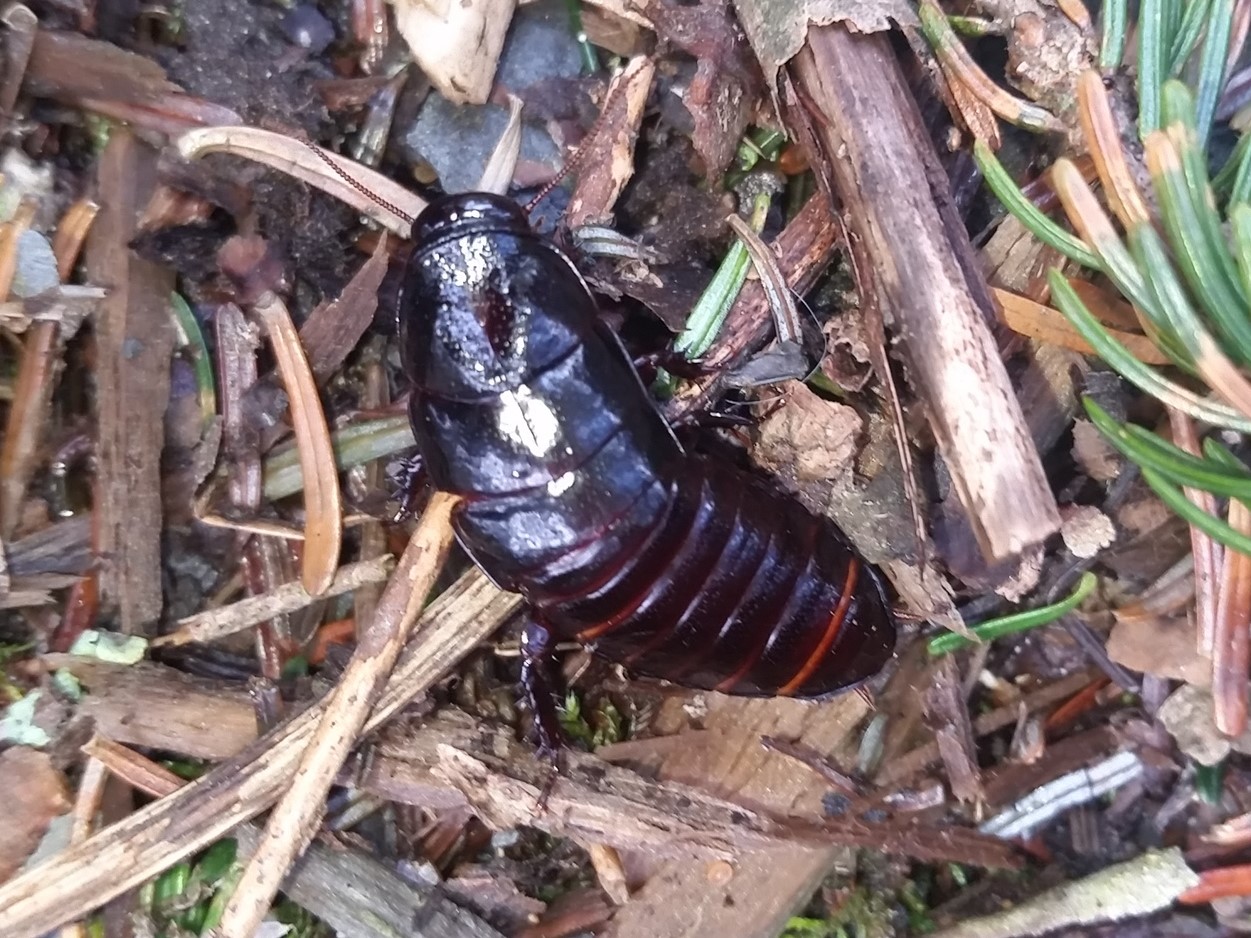
One of the most persistent myths about cockroaches is their supposed ability to survive nuclear radiation, a belief that gained traction during the Cold War era. While cockroaches are indeed more resistant to radiation than humans, they’re far from being the radiation-proof super-insects of popular imagination. Laboratory tests have shown that cockroaches can survive radiation levels about 10 times higher than what would kill a human, but they would still perish in the intense radiation zones immediately surrounding a nuclear explosion.
The origin of this myth likely stems from observations of insects surviving atomic bomb tests in the 1950s, combined with the cockroach’s general reputation for indestructibility. In reality, several other insects, including some beetles and flies, are even more radiation-resistant than cockroaches. The tardigrade, a microscopic animal, can survive radiation levels thousands of times higher than any cockroach.
However, cockroaches do possess some genuine advantages that contribute to their survival reputation. Their slower cell division rate means they’re less vulnerable to radiation damage than rapidly dividing cells in mammals. Additionally, their ability to enter periods of reduced metabolic activity could theoretically help them survive in contaminated environments where other organisms might struggle.
Chemical Warfare: The Pesticide Arms Race

The development of synthetic pesticides in the 20th century launched an ongoing evolutionary arms race between humans and cockroaches that continues to this day. DDT, once hailed as a miracle solution to insect problems, initially devastated cockroach populations worldwide. However, within just a few decades, resistant populations began emerging, demonstrating the remarkable speed at which cockroaches can adapt to new chemical threats.
Modern cockroaches have developed resistance to numerous pesticide classes through various mechanisms, including enhanced detoxification enzymes and behavioral changes that help them avoid treated areas. Some populations have even evolved to find certain pesticides repulsive rather than toxic, causing them to actively avoid treated surfaces. This behavioral resistance can develop within just a few generations, making it one of the fastest documented examples of evolutionary adaptation in response to human activity.
The most concerning development in recent years has been the emergence of “super cockroaches” that show resistance to multiple pesticide classes simultaneously. These populations, particularly common in urban areas, represent a significant challenge for pest control professionals and highlight the remarkable adaptability that has allowed cockroaches to survive for 300 million years. Research into new control methods now focuses on targeting fundamental biological processes that are less likely to develop resistance.
Ecological Engineers: The Cockroach’s Environmental Impact
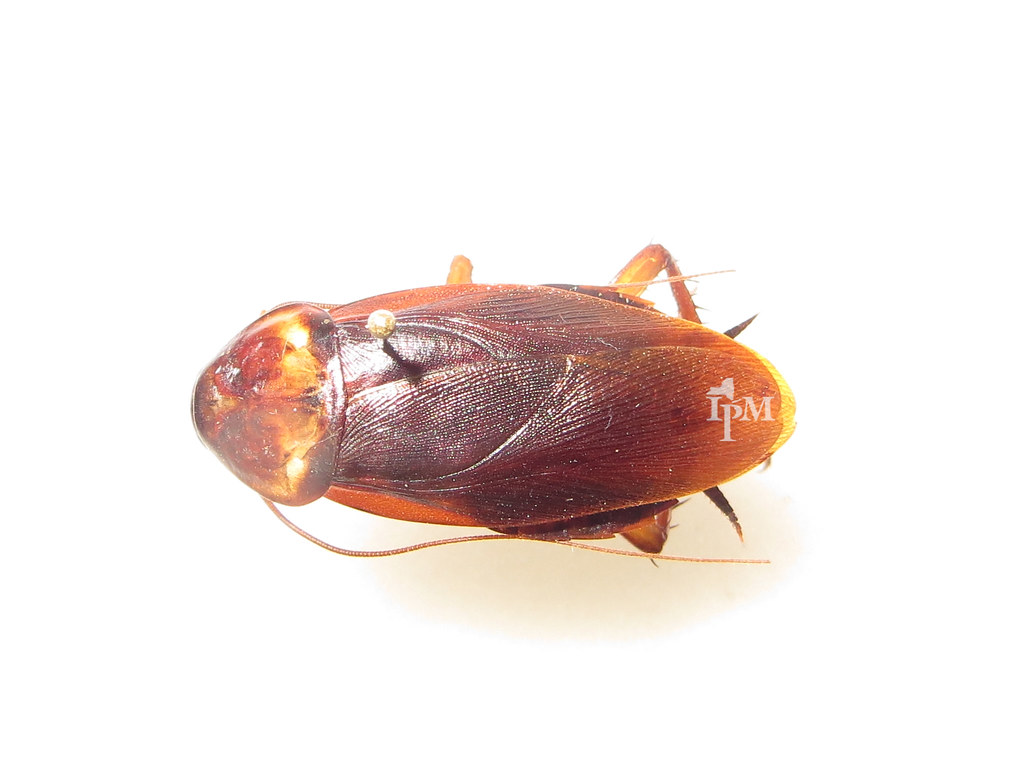
Despite their reputation as unwelcome guests, cockroaches play crucial ecological roles that often go unrecognized. In their natural habitats, cockroaches serve as important decomposers, breaking down organic matter and recycling nutrients back into the ecosystem. Their feeding activities help accelerate the decay process, making essential nutrients available to plants and other organisms more quickly than would occur through natural decomposition alone.
Many cockroach species also serve as prey for various predators, including birds, spiders, lizards, and amphibians. The elimination of cockroaches from an ecosystem could have cascading effects on these predator populations, potentially disrupting entire food webs. Some tropical bird species have been observed to time their breeding cycles to coincide with peak cockroach abundance, highlighting the insects’ importance as a protein source for developing chicks.
In forest ecosystems, cockroaches contribute to seed dispersal by consuming fruits and transporting seeds to new locations through their droppings. This process helps maintain plant diversity and enables forest regeneration after disturbances. Recent studies have also revealed that cockroaches can influence soil chemistry through their burrowing activities, creating microenvironments that support different plant communities.
Medical Marvels: What Cockroaches Teach Us About Health
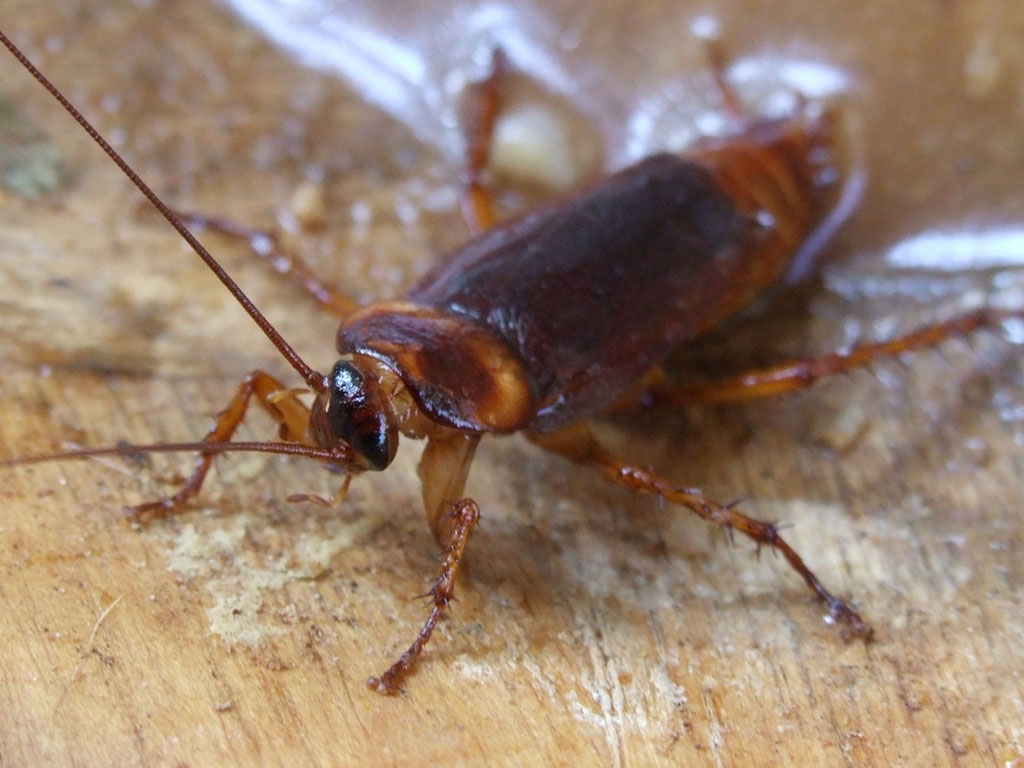
The very traits that make cockroaches successful survivors have attracted significant attention from medical researchers seeking to understand disease resistance and healing mechanisms. Cockroach immune systems produce a variety of antimicrobial compounds that are remarkably effective against both bacterial and fungal infections. Scientists have identified several of these compounds as potential sources for new antibiotics, particularly important as traditional antibiotics become less effective against resistant bacteria.
Research into cockroach regenerative abilities has revealed surprising insights into tissue repair and wound healing. Young cockroaches can regenerate lost limbs, and even adult cockroaches show remarkable healing abilities compared to many other insects. Their ability to survive severe injuries and continue functioning normally has led to studies examining their pain response mechanisms and stress adaptation strategies.
The cockroach’s resistance to cancer has also intrigued researchers, as these insects rarely develop tumors despite their long lifespans relative to other insects. Understanding the genetic and cellular mechanisms behind this resistance could potentially contribute to human cancer research. Additionally, their efficient metabolism and ability to survive on minimal nutrition have provided insights into metabolic disorders and aging processes.
Future Horizons: Cockroaches in the Modern World
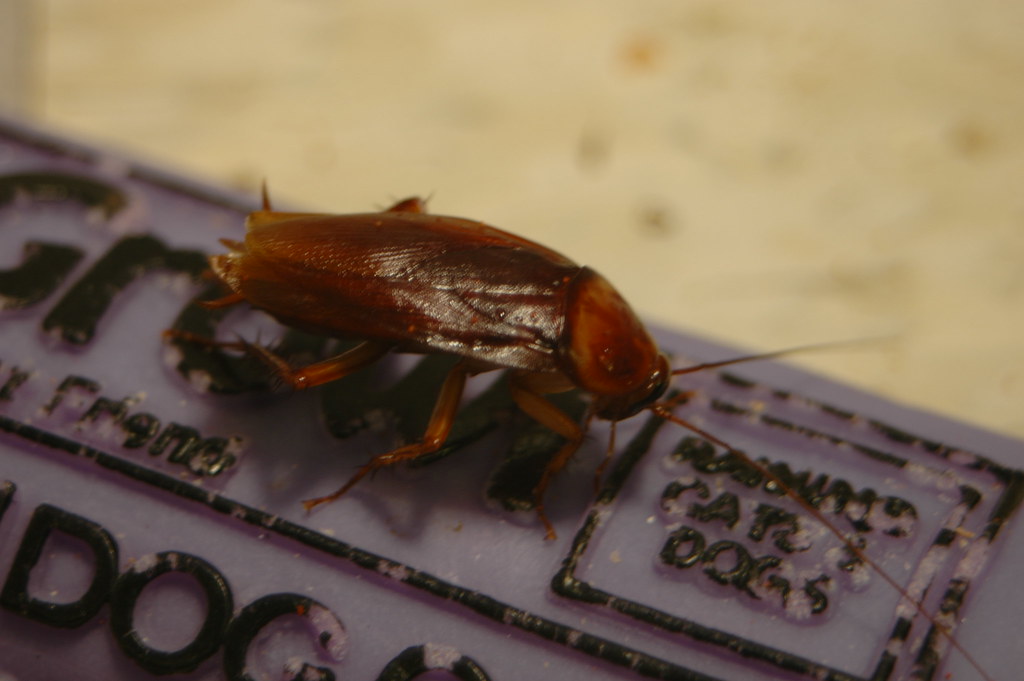
As we advance further into the 21st century, cockroaches continue to adapt to new challenges and opportunities presented by our rapidly changing world. Urban environments create novel selective pressures, leading to the evolution of cockroach populations with enhanced abilities to exploit human-made resources. Some urban cockroaches have developed preferences for processed foods and can even metabolize certain artificial chemicals, demonstrating their ongoing evolutionary flexibility.
Climate change presents both challenges and opportunities for cockroach populations worldwide. Rising temperatures and changing precipitation patterns may expand the range of some species while constraining others, potentially leading to shifts in global cockroach distribution. Their ability to rapidly adapt to new conditions suggests that cockroaches will likely continue to thrive as environmental conditions change, possibly becoming even more successful in some regions.
Technological advances in genetic research are providing new insights into cockroach biology and evolution, revealing the molecular mechanisms behind their remarkable survival abilities. CRISPR gene editing technology is now being used to study cockroach genetics, potentially leading to more targeted and effective control methods. Simultaneously, researchers are exploring ways to harness cockroach abilities for beneficial purposes, including waste management and environmental remediation.
Conclusion
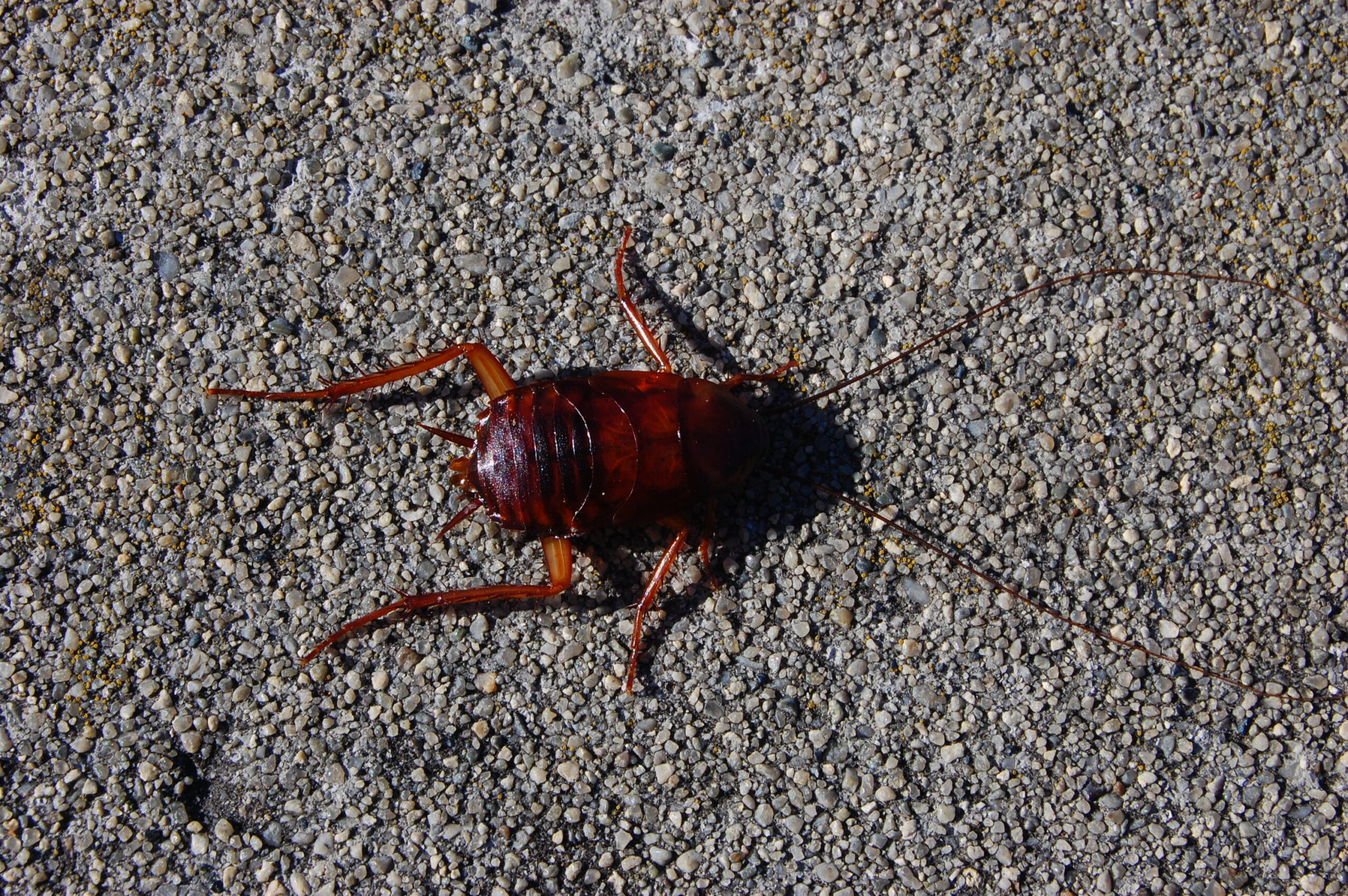
The cockroach’s 300-million-year journey through Earth’s history represents one of evolution’s greatest success stories, demonstrating that sometimes the most unassuming creatures possess the most remarkable survival strategies. From the oxygen-rich swamps of the Carboniferous period to the urban jungles of modern cities, cockroaches have consistently demonstrated their ability to adapt, survive, and thrive in the face of seemingly insurmountable challenges.
Their story reminds us that survival isn’t always about being the biggest, strongest, or most intelligent – sometimes it’s about being the most adaptable and resourceful. The cockroach’s journey through mass extinctions, ice ages, and human civilization offers valuable lessons about resilience, adaptability, and the importance of behavioral flexibility in an ever-changing world.
As we face our own environmental challenges and uncertainties, perhaps there’s something to be learned from these ancient survivors about persistence, adaptation, and the power of simple strategies executed with unwavering consistency. What other secrets might these remarkable insects still have to teach us about survival in an unpredictable world?

